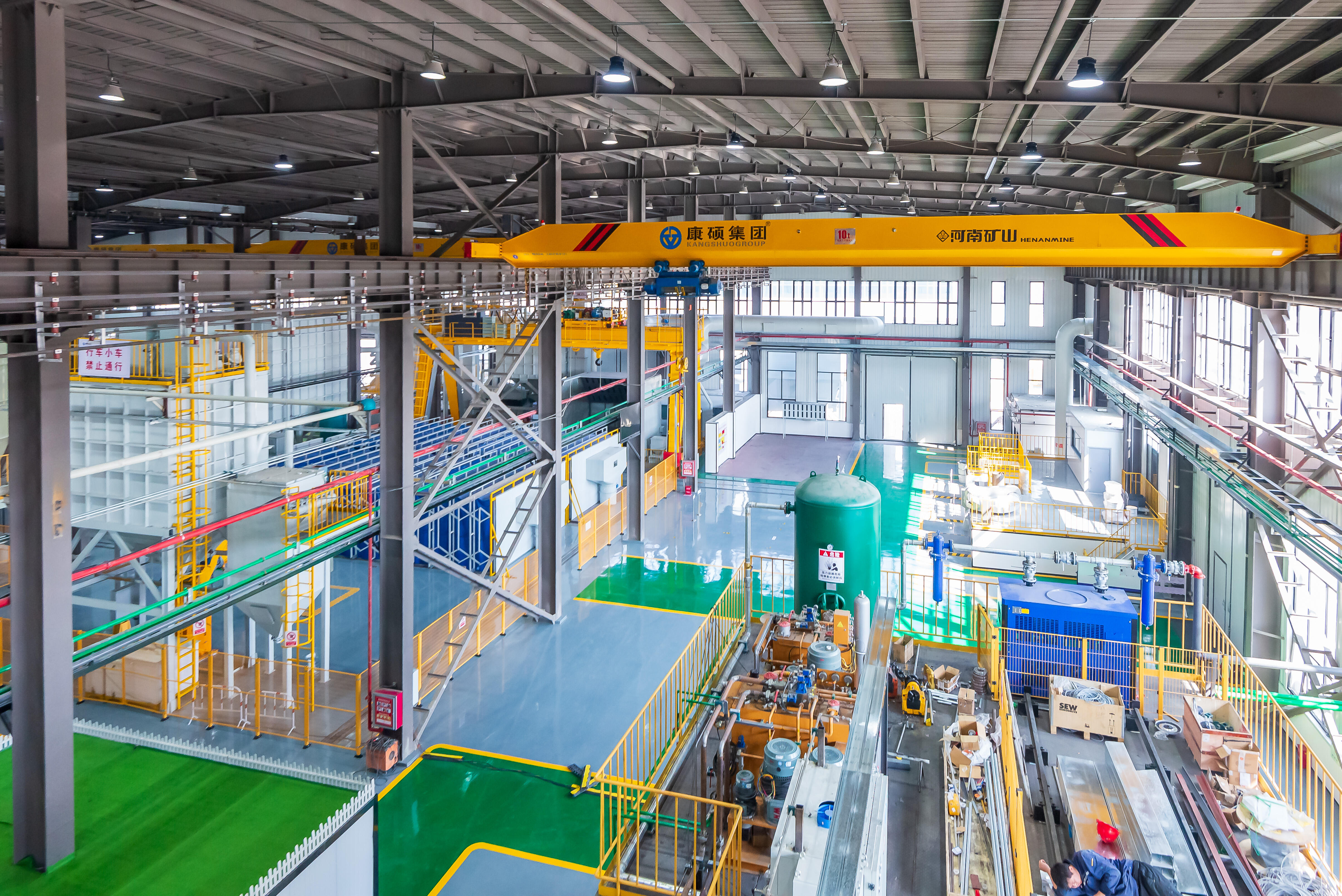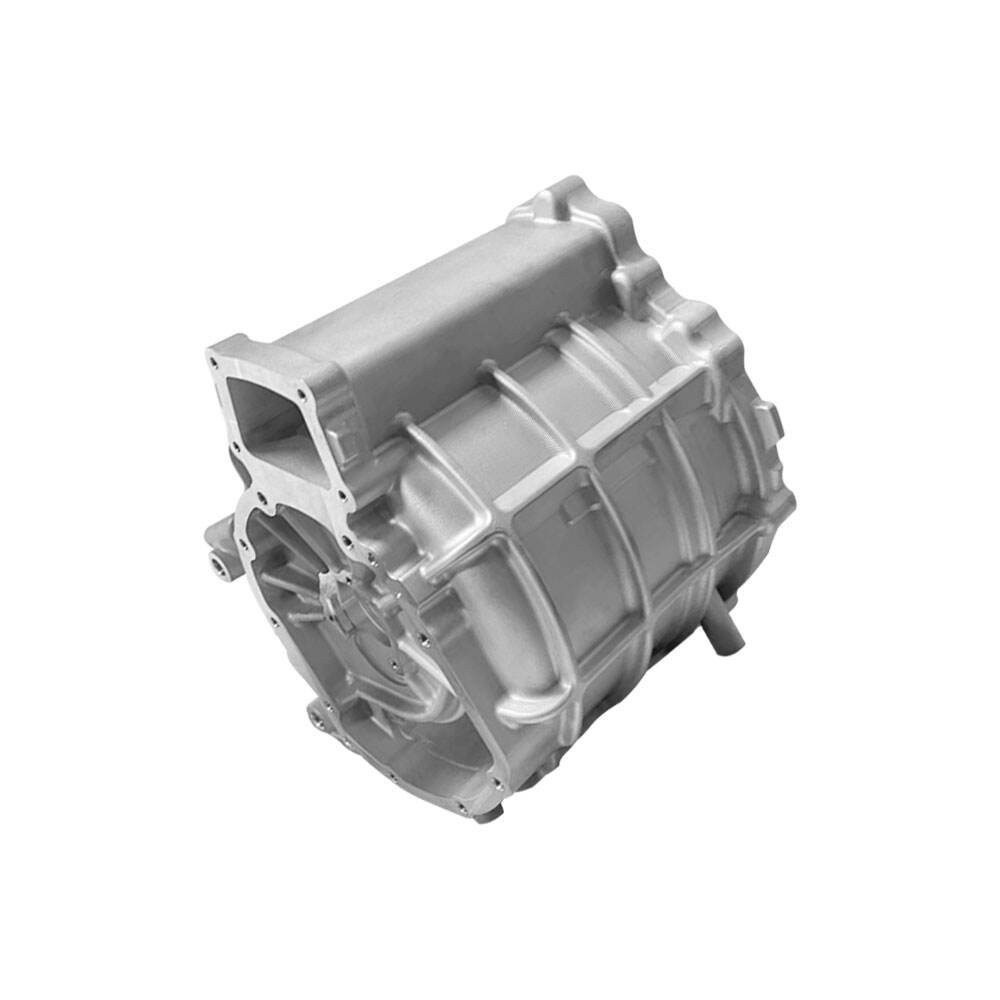cast iron sand casting
Cast iron sand casting is a versatile manufacturing process that has been fundamental to industrial production for centuries. This method involves creating molds from sand mixtures, into which molten cast iron is poured to produce complex metal components. The process begins with creating a pattern of the desired part, typically made from wood, metal, or plastic. This pattern is then used to form a cavity in specially prepared sand, which is mixed with bonding agents to maintain its shape. The sand mold consists of two halves that, when combined, create the complete casting cavity. Additional features like cores can be inserted to form internal passages or hollow sections. The molten cast iron, heated to approximately 2,500°F (1,370°C), is then carefully poured into the mold. As the metal cools and solidifies, it takes the exact shape of the cavity. After cooling, the sand mold is broken away to reveal the finished casting. This process is particularly valued in manufacturing engine blocks, machine bases, pump housings, and large industrial components. The method's ability to handle complex geometries, coupled with its cost-effectiveness for both small and large production runs, makes it an indispensable technique in modern manufacturing.


